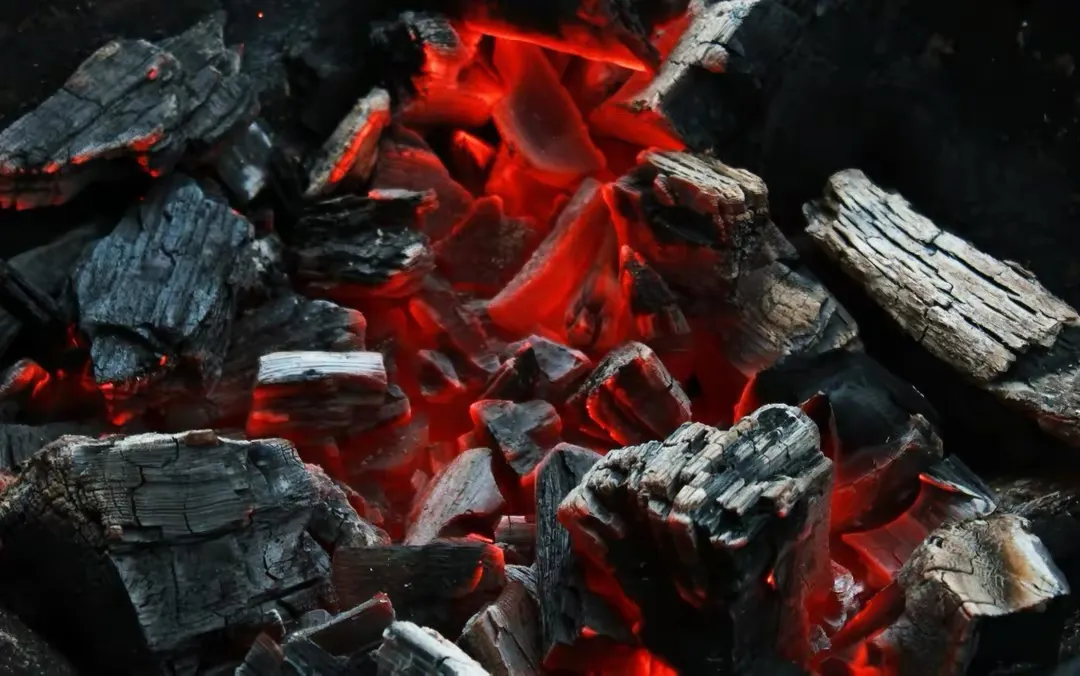During the Spring Festival, many people are poisoned by heating and roasting carbon. Why is burning coal so dangerous
In winter, coal heating poisoning is common. Domestic coal contains organic elements such as carbon, hydrogen, oxygen, nitrogen and sulfur, as well as very small amounts of phosphorus, fluorine, chlorine and arsenic. When coal burns, it releases a lot of heat and carbon dioxide in the air, which raises the temperature around it. But coal burning produces not only carbon dioxide, but also the potential for deadly carbon monoxide.
In general, alkane compounds produce carbon monoxide when oxygen is insufficient. In winter, in order to make the heating effect better, people always like to close the doors and windows, which will lead to insufficient indoor air circulation, which eventually leads to indoor lack of oxygen, producing a large amount of carbon monoxide.
Carbon monoxide is a colorless and odorless toxic gas. After entering the human body, it will bind to the hemoglobin in the blood, so that hemoglobin cannot bind to oxygen, resulting in hypoxia of human tissues and suffocation of the human body. We should know that the affinity between carbon monoxide and hemoglobin is 200 to 300 times higher than the affinity between oxygen and hemoglobin, so it is easy to bind to hemoglobin to form carboxyhemoglobin, and oxygen cannot compete with it at all.
Carbon monoxide poisoning is manifested as headache, weakness, dizziness, difficulty breathing at work, severe flushing, cherry red lips, nausea, vomiting, confusion, fainting or coma, and even suffocation. Even if you don't die of poisoning, you'll experience headaches, dizziness, memory loss, inattention, and palpitations for long periods of time in an environment with low carbon monoxide concentrations.
Carbon monoxide poisoning
Because it is a colorless and odorless gas, it is difficult for people to detect it. Only when they feel unwell will they realize they are poisoned. Only early detection and treatment of carbon monoxide poisoning can reduce its harm and brain damage. Because in the early process of carbon monoxide poisoning, patients usually have no obvious symptoms, only dizziness, dizziness and other discomfort, accompanied by symptoms such as accelerated heart rate, at this time, we can quickly evacuate the gas concentration area, and then quickly give the patient enough oxygen therapy, which can help the patient restore the oxygen needed by the body.
However, if detected late, inhaling too much carbon monoxide is very dangerous. It needs to be quickly taken to the hospital for rescue, including hemodialysis and other treatments. The probability of survival of this treatment is relatively small, with significant failure in the body at an advanced stage.
How to prevent carbon monoxide poisoning
The key to the occurrence of carbon monoxide poisoning lies in effective prevention. In the use of coal, charcoal and natural gas, care must be paid to the surrounding ventilation to ensure an adequate supply of oxygen, to ensure that alkanes have enough oxygen to react with them, reducing the production of carbon monoxide.
But this is neither ventilated nor safe. In Ningbo, Zhejiang Province, Mr. Zhang's family put some carbon residue into the house to make a fire after an outdoor barbecue, during which the windows were open. But an hour later, his wife developed symptoms of dizziness and nausea, and the family immediately went to the hospital. Upon examination, all three were carbon monoxide poisoned.
Also, do not use charcoal fires to keep warm when sleeping. When sleeping, people's ability to react to the external environment is almost zero. At this time, if the soot in the furnace is discharged, it is likely to cause poisoning. In addition, when burning coal, choose high-quality coal for heating. Some inferior coal not only tastes good, but also burns underburn, accompanied by a strong smell of soot.
Once you feel dizzy, you must ventilate in time to carry the charcoal fire out of the room. Safety is paramount. Of course, combustible gases and toxic gas alarms can also be installed in the home, which can warn of combustible gases such as carbon monoxide and reduce risks.
November to March is the highest incidence of carbon monoxide poisoning. The first few days of the Spring Festival are particularly cold. Be careful when heating with coal.
#常州头条 #
